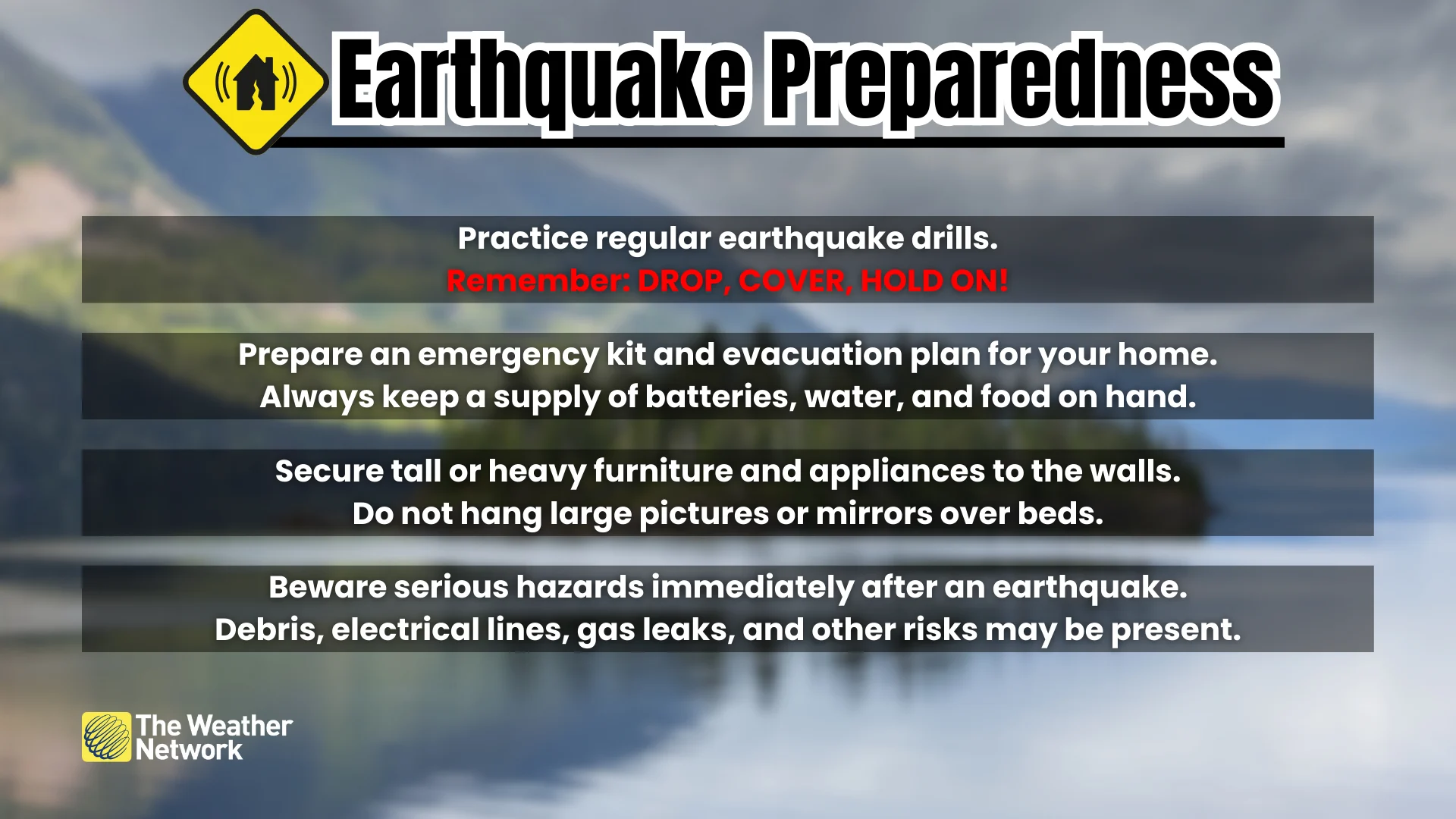
'Megathrust' earthquake fault line confirmed off Haida Gwaii
Scientists have confirmed that a fault line off the west coast of Haida Gwaii is of the megathrust variety, capable of generating large earthquakes and tsunamis.
The conclusion was gleaned through hydrostatic imaging and measurements of the Queen Charlotte Fault where the Pacific tectonic plate meets the North American plate. The finding was published in Science Advances.
The images show that instead of the plates sliding horizontally against each other, the Pacific plate is also colliding with and diving under the North American plate, in a process known as subduction.
The friction created by subduction is what creates megathrust conditions, according to UBC professor and study co-author Michael Bostock.
"For most of its length, the Queen Charlotte plate boundary is very much like the San Andreas fault — one plate is sliding by the other. But at the southern end, along the coast of Haida Gwaii and in particular southern Haida Gwaii, there is a component of convergence. So not only are they moving... side by side, but they're compressing each other."

(The Weather Network)
Bostock said the magnitude 7.7 Haida Gwaii earthquake of 2012 led scientists to understand there was a significant component of "under thrusting" or subduction along the fault line. The new research has now mapped it out in greater clarity.
At approximately 300 kilometres long, the Queen Charlotte subduction zone is shorter than the 1,000-kilometre-long Cascadia subduction zone that runs from northern Vancouver Island to Northern California.
The Cascadia subduction zone is where the "Big One" is expected — that being the oft-forecasted megathrust earthquake predicted to register magnitude 9 or higher.
WATCH: How a "big one" earthquake could impact Vancouver
RELATED: Ancient Canadian fault could produce major earthquakes in the future
Experts believe it's just a matter of time before the Big One hits considering that stress between the subducting Juan de Fuca plate and the North American plate has been building up since its last major earthquake in the year 1700.
In contrast, Bostock believes Haida Gwaii is not susceptible to a megathrust quake anytime soon.
"In my opinion it's very unlikely we'd have another megathrust earthquake off Haida Gwaii within the next 100 years. We're not building stress up fast enough for us to have another one like we just experienced 12 years ago," he said.
The western coast of Haida Gwaii has been the site of four earthquakes of 7.0 magnitude or more in the past century, including the largest in recorded Canadian history in 1949 that registered 8.1, according to Earthquakes Canada.
University of Victoria professor and study co-author Kelin Wang said the new research helps understand and plan for a megathrust.
"Certainly it will provide important input for our building codes and the type of ground shaking we would expect, also in terms of tsunami evacuation and preparedness," he said.
This article, written by Karin Larsen, was originally published for CBC News. Header image courtesy of Pixabay/Creative Commons/file photo.